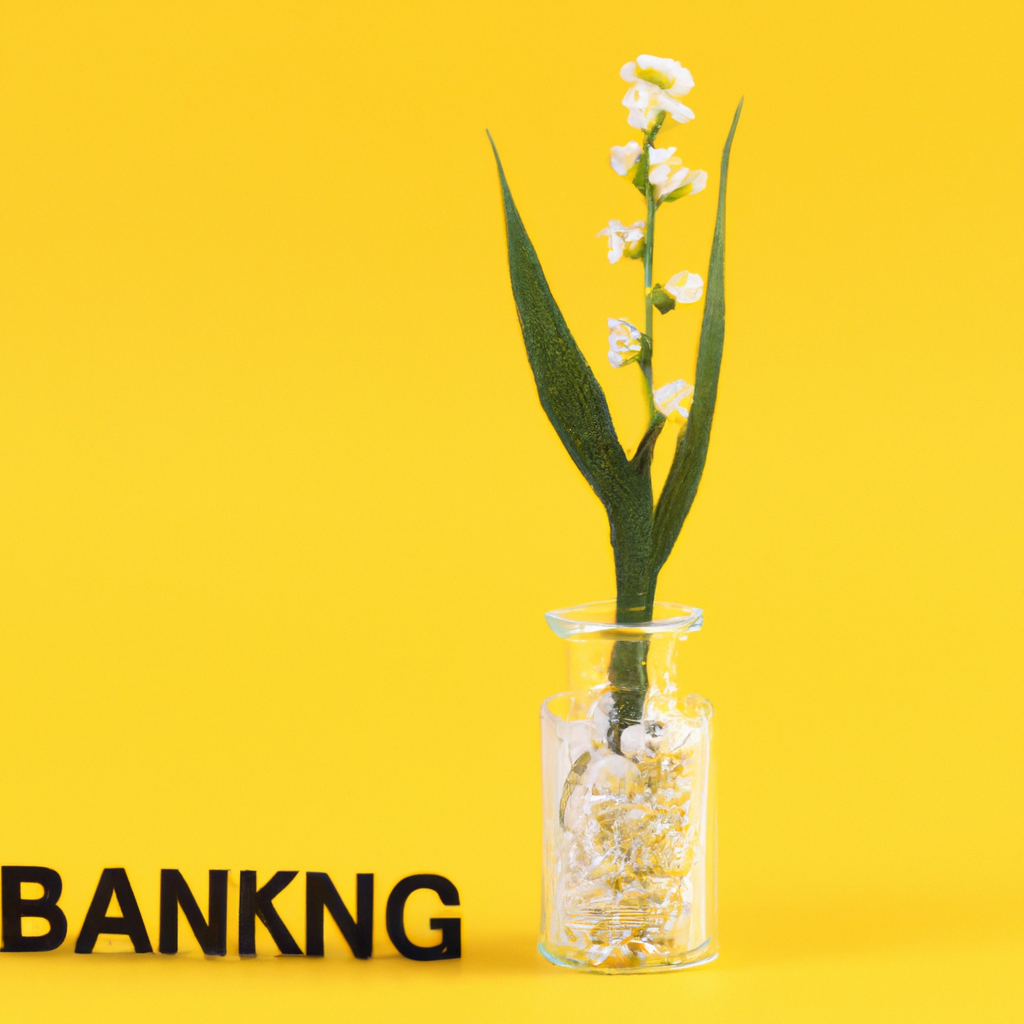Why Former FDIC Chair Sheila Bair believes longer-lasting higher rates are beneficial
Former FDIC Chair Sheila Bair recently appeared on ‘Squawk on the Street’ to discuss her views on longer-lasting higher interest rates and their benefits. She believes that these higher rates can be advantageous in several ways, not only for individuals but also for the overall health of the economy. In this article, we will explore Sheila Bair’s perspective and why she believes longer-lasting higher rates are a good thing.
The Benefits of Longer-Lasting Higher Rates
According to Sheila Bair, keeping interest rates higher for a longer period has its advantages. One of the main benefits is that it incentivizes savings, which can lead to increased capital accumulation. When interest rates are low, individuals and businesses are less motivated to save because the returns on those savings are minimal. However, when rates are higher, it becomes more attractive to save money, as it can generate higher returns.
Higher interest rates can also help combat inflation. Inflation refers to the persistent increase in prices over time, eroding the purchasing power of money. By raising interest rates, the central bank can effectively reduce inflationary pressures. When interest rates are higher, borrowing becomes more expensive, which leads to reduced spending and a slowdown in inflation.
Furthermore, longer-lasting higher rates can create a more stable financial system. Bair argues that prolonged periods of low interest rates distort asset prices and encourage excessive risk-taking. By maintaining higher rates for an extended time, there is a greater likelihood of preventing asset bubbles and speculative behavior in financial markets. This can help prevent the occurrence of financial crises like the one witnessed in 2008.
Impact on Individuals and Companies
When it comes to the impact on individuals and companies, Bair believes that the larger firms have an advantage over smaller ones in dealing with higher interest rates. Larger companies often have better access to credit and can negotiate more favorable borrowing terms. They can also rely on their scale and diversification to weather the effects of higher rates.
On the other hand, smaller businesses and individuals may face challenges when rates rise. Higher borrowing costs can make it harder for them to access credit, limiting their ability to invest and grow. This can potentially lead to a widening gap between large and small businesses, favoring the former and making it more difficult for the latter to compete.
However, Bair emphasizes that the benefits of longer-lasting higher rates outweigh the short-term challenges. While smaller businesses and individuals may face initial difficulties, the long-term stability and economic growth resulting from higher rates can benefit everyone in the long run.
Frequently Asked Questions
1. How do higher interest rates incentivize savings?
Higher interest rates increase the returns on savings, making it more attractive for individuals and businesses to save their money rather than spend it. This encourages capital accumulation and provides a pool of funds for future investments and economic growth.
2. How do higher rates combat inflation?
By raising interest rates, borrowing becomes more expensive, leading to reduced spending. When consumer spending decreases, it helps to moderate the demand for goods and services, which can help keep inflation in check.
3. What are the potential disadvantages of higher rates?
Higher rates can make borrowing more expensive, which can impact small businesses and individuals who rely on credit for investment and expenses. It can also lead to a slowdown in economic growth if the increase in borrowing costs dampens consumer spending and business investment.
4. How can larger companies deal with higher interest rates more easily?
Larger companies often have better access to credit and can negotiate more favorable borrowing terms. They also benefit from their scale and diversification, which allows them to weather the effects of higher rates more effectively compared to smaller businesses.
5. How do higher rates contribute to a stable financial system?
Longer-lasting higher rates can help prevent asset bubbles and excessive risk-taking in financial markets. By maintaining higher rates, there is a reduced likelihood of speculative behavior and a lower chance of financial crises like the one witnessed in 2008.
In conclusion, Former FDIC Chair Sheila Bair believes that longer-lasting higher interest rates have several benefits. They incentivize savings, combat inflation, and contribute to a more stable financial system. While there may be short-term challenges for smaller businesses and individuals, the long-term advantages of higher rates outweigh the drawbacks. Ultimately, maintaining higher rates for a more extended period can lead to sustainable economic growth and stability for the overall economy.
To learn more about banking and financial services, visit [VisBanking](https://visbanking.com/). Additionally, you can check out their pricing plans [here](https://visbanking.com/pricing/) or request a demo [here](https://visbanking.com/request-demo/).





